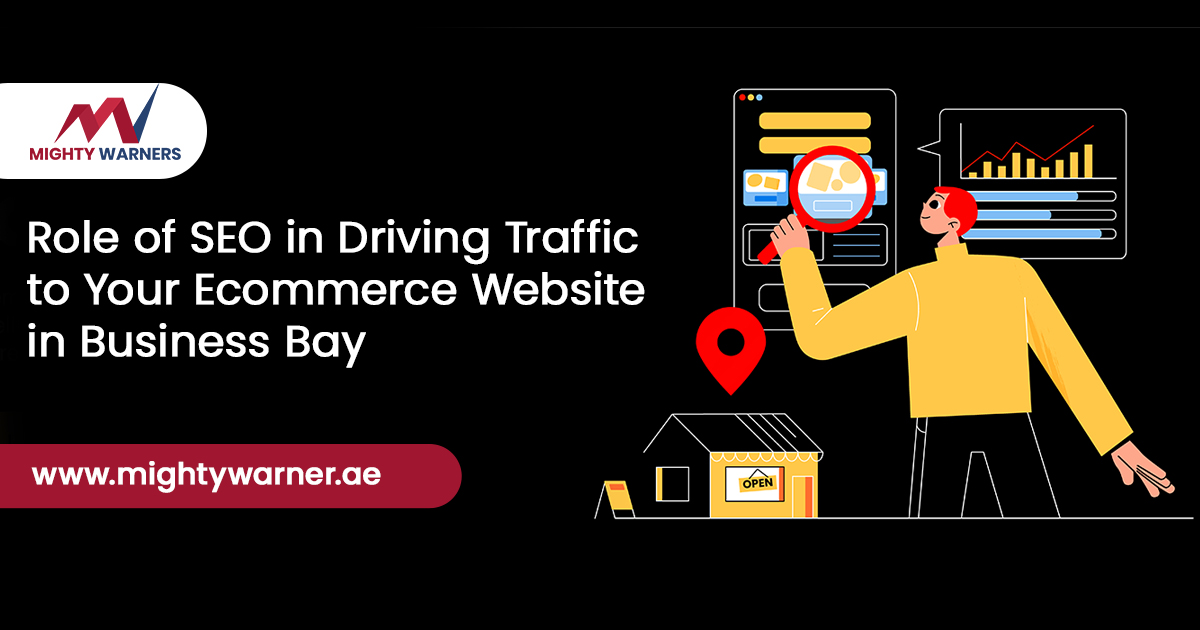The engagement rate is a statistic that compares the amount of interaction social material receives to the number of people that see it.
The social media marketing industry’s currency is engagement rates.
Yes, vanity metrics like followers, likes, and impressions are important. However, engagement indicators like shares and comments provide context for your social media success.
As a result, engagement metrics are often utilized as selling points in social influencer media kits or to determine the return on investment of a social campaign. Surprisingly, no standard formula exists for determining engagement rates.
So, let’s go to work on arithmetic. Add these formulae to your social media toolset to ensure that you’re employing the proper equation in the appropriate situation.
Contents Table of Contents
- What is the rate of engagement?
- Why should you keep an eye on your engagement rate?
- Engagement metrics that are often used
- There are six different approaches for calculating engagement rates.
- How can you figure out how much it costs to do a job?
- Calculate your engagement rate for free.
- How to keep track of your engagement rate in real-time
- What is a decent rate of engagement?
What is the rate of engagement?
The engagement rate is a statistic that compares the amount of interaction social material receives to the number of people that see it. Reactions, likes, comments, shares, saves, direct messages, mentions, click-throughs, and more are all examples of this (depending on the social network).
On social media, “engagement” refers to activities that are more active than passive (such as views or impressions).
There are many methods for calculating engagement rate, and other estimates may be more appropriate for your social media goals.
Why should you keep an eye on your engagement rate?
Follower growth is vital in social media analytics, but it doesn’t mean much if your audience isn’t interested in the stuff you share. Comments, shares, likes, and other actions are all indicators that your content is engaging with the people who view it.
Your engagement rate demonstrates how well your material is received by your audience. It also demonstrates that you have a solid and healthy connection with your fans. They are paying attention and are likely to become a client one day if they take the time to leave a remark on your site.
Engagement metrics that are often used
Finally, there’s the age-old issue of what constitutes involvement. We alluded at it above, but here’s a more comprehensive list of social media exchanges that may be considered engagement. You may use any or part of these engagement indicators in your calculations.
- Reactions \ likes
- Comment
- Direct message mentions are saved when comments are shared (tagged or untagged)
- Tweets, retweets
- link clicks
- calls
- texts
- emails (Stories) sticker taps
- How to Get Directions (Instagram only)
- hashtags with a certain brand
There are six different approaches for calculating engagement rates.
These are the most prevalent formulae for calculating social media engagement rates.
Total interactions often comprise likes, favorites, responses, comments, shares, views, and retweets, and may also include clicks, depending on the platform.
1. The rate of engagement based on the number of people reached (ERR)
This is the most frequent formula for calculating content engagement.
ERR is a metric that evaluates how many people opted to engage with your content after seeing it.
Use the first formula to get the average rate for a single post, and the second formula to find the average rate for a group of posts.
ERR = total engagements per post divided by reach per post multiplied by 100
To get the average, combine all of the ERRs from the posts you wish to average together, then divide by the number of posts:
Total ERR / Total posts = Average ERR
In other terms, 3.45 percent = Post 1 (3.4 percent) + Post 2 (3.5 percent) / 2.
Pros: Because not all of your followers will view all of your material, reach might be a more accurate statistic than follower count. Non-followers may have seen your postings as a result of shares, hashtags, and other methods.
Cons: Because reach might change for a number of reasons, it’s a difficult variable to manage. Keep in mind that a low reach might result in an abnormally high interaction rate, and vice versa.
2. Post engagement rate (ER post)
Technically, this algorithm calculates the number of times a post’s followers interact with it. In other words, it’s comparable to ERR only it informs you the rate at which your followers interact with your content instead of reach.
This is how most social media influencers figure out their average engagement rate.
Total engagements on a post / total followers *100 = ER post
To get the average, combine all of the ER posts you wish to average together and divide by the number of posts:
Total ER per post / Total posts = Average ER by post
Example: 3.5 percent = Post 1 (4.0 percent) + Post 2 (3.0 percent) / 2 =
Pros: While ERR is a better method to measure interactions based on how many people have viewed your post, this formula substitutes followers for reach, which is a more consistent statistic.
To put it another way, if your reach varies a lot, this strategy will provide you with a more realistic picture of post-by-post engagement.
Cons: As previously said, although this may be a more consistent approach to measure post interactions, it may not always present the complete picture since it does not account for viral reach. Additionally, when your follower count grows, your rate of interaction may decrease somewhat.
This statistic should be seen in conjunction with data on follower growth.
3. Rate of engagement based on impressions (ER impressions)
Impressions are another fundamental audience statistic you might use to track interactions. While reach is the number of people who view your content, impressions are the number of times your material is shown on a screen.
Total engagements on a post / Total impressions *100 = ER impressions
Total ER impressions / Total posts = Average ER impressions
Pros: If you’re running sponsored content and need to analyze effectiveness based on impressions, this method may help.
Cons: An engagement rate based on impressions is likely to be lower than the ERR and ER post formulae. Impression statistics, like reach, may be unreliable. It would be a good idea to combine this strategy with reach.
Learn more about the distinction between reach and impressions in this article.
4. The daily rate of involvement (Daily ER)
Even because engagement rate by reach compares interaction to maximum exposure, it’s still useful to know how often your followers interact with your account on a daily basis.
Total interactions in a day / total followers *100 = Daily ER
Average Daily ER = Total engagements for X days / (X days *followers) *100
Pros: This method is a fantastic approach to measure how often your followers connect with your account on a daily basis, rather than how they interact with a given article. As a consequence, it considers interactions on both new and old postings.
This recipe may also be modified to suit special needs. If your company just needs to track daily comments, for example, you may alter “total interactions” appropriately.
Cons: With this strategy, there’s a lot of space for mistakes. For example, the method ignores the reality that a single follower may participate ten times in a single day vs ten followers participating once.
Daily engagements might vary depending on a variety of factors, including the number of posts you share. As a result, plotting daily interaction vs the number of postings may be beneficial.
5. Rate of engagement based on views (ER views)
If video is a major component of your marketing strategy, you’ll want to know how many people choose to interact with your films after they’ve been seen.
Total interactions on video post / Total video views *100 = ER view
Total ER views / Total posts = Average ER view
Pros: This is a fantastic technique to monitor interaction if one of your video’s goals is to create it.
Cons: View counts sometimes contain several views from the same individual (non-unique views). While the person may watch the video numerous times, it is unlikely that they would interact each time.
6. Factored Rate of Engagement
Some marketers employ a “factored engagement rate” in rare instances. Factored engagement rates, as the name implies, provide different weights to different components in the equation.
For example, a marketer could want to give comments a larger value than likes, valuing each comment as two instead of one. The following equation would be similar to this:
(Total comments x 2) + all other engagements / Reach per post *100 = comment-weighted ER
This approach obviously inflates the resulting engagement rate and may be deceptive, particularly as factored engagement numbers are not widely used. As a result, Hootsuite does not advocate using it.
How can you figure out how much it costs to do a job?
Cost per interaction is another valuable calculation to add to your social media toolset (CPE). If you’ve decided to sponsor content with the goal of increasing engagement, you’ll want to know how much your investment is paying off.
Total amount spent divided by total engagements = CPE
Most social media advertising systems will do this for you, as well as other object-oriented calculations like cost-per-click. Make careful to double-check which interactions are considered engagements so you can compare apples to apples.
Calculate your engagement rate for free.
Are you ready to calculate your engagement rate now that you’ve gone over all of the formulas? Use our no-cost engagement rate calculator.
screenshot of the engagement rate calculator
To use this calculator, all you need is a Google Sheet. To begin filling in the fields, go to the “File” tab and choose “Make a copy.”
Input “1” in “No. of Posts” to compute the engagement rate of a single post. Input the entire number of posts in “No. of Posts” to assess the engagement rate of multiple posts.
Bonus: Find out your engagement rate in four different ways with our free engagement rate calculator. Calculate it for any social network, on a post-by-post basis, or for a whole campaign.
How to keep track of your engagement rate in real-time
If you’re wary of manually calculating your engagement rate or just aren’t a math person (hello! ), a social media management tool like Hootsuite can be a good option. Most social media management systems include analytics tracking, but we’re clearly partial to our own product, which enables you to look at your social media interaction across platforms at a high level and drill down as far as you want with customizable reports.
Here’s an example of how you can use Hootsuite to analyze your social media engagement data:
Hootsuite provides an engagement report for all social networks.
And, in Hootsuite, here’s an example of an Instagram-specific engagement report.
Report on Instagram engagement rates
It’s simple to view how many engagements you received over time, what counts as an engagement for each network, and compare your engagement rates to past time periods in both reports. You’ll also be able to discover which posts did particularly well over a period of time and utilize that knowledge to develop more engaging pieces in the future.
Pro tip: You can set these reports to be generated automatically and remind yourself to check in as needed.
What is a decent rate of engagement?
The majority of social media marketing professionals feel that a healthy social media engagement rate is between 1% and 5%. It is more difficult to attain the more followers you have. In 2020, Hootsuite‘s own social media team recorded a 4.59 percent average Instagram engagement rate.
Read up on how to increase your brand’s social media engagement now that you know how to measure it.















